Ever been midway through a family road trip when disaster struck? Nothing quite compares to the pit in your stomach as you realize your tow dolly tire has blown out in the middle of nowhere. Suddenly, your beach vacation turns into an ‘unintended adventure’. I’m Lyndon Bell, and I’ve been there, except my ‘adventure’ ended up with me learning more than I ever thought about tow dolly tires, their durability, and lifespan.
As an automotive veteran, I’ve spent years dissecting the nuances of various components, but this unexpected incident shed light on an often-overlooked part – the tow dolly tires. Through professional inspections, intense research, and a lot of practical experience, I’ve distilled the essence of what every automobile enthusiast or road-trip lover should know about tow dolly tires.
Whether you’ve found yourself in my shoes or you’re preemptively trying to avoid such a scenario, this guide is your ultimate resource. From understanding specs, to maintenance tips, comparisons, and more – we’ll leave no stone unturned. Let’s explore the world of tow dolly tires together and turn those ‘unintended adventures’ into secure and uneventful travels.
Understanding Tow Dolly Tires
Introduction to Tire Types
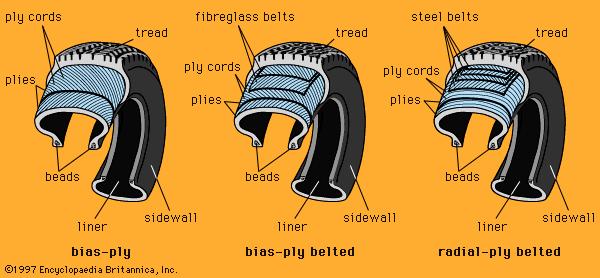
Delving deeper into the topic of tow dolly tires, it’s vital to grasp the different tire types, notably radial vs bias tow dolly tires, understanding their characteristics and uses. Having studied different tire types extensively, I can offer detailed insight on this subject.
Radial tires are a popular choice in the realm of tow dolly tires, boasting flexible sidewalls and excellent highway stability. Cooler temperatures and enhanced tread life are key hallmarks of radial tires, adding to their appeal. Still, they tend to be more costly, which can be a deterrence for some.
On the contrary, bias tires use diagonally arranged plys, resulting in stiffer sidewalls. This firmness contributes to their ability to carry heavy loads. Hand in hand, they typically offer a lower price point, rendering them an attractive option for many.
In the scheme of “Understanding Tow Dolly Tires”, the differentiation between radial and bias tires is crucial in selecting the most suitable tire for your towing needs. As we navigate through the nuances of load ratings, maintenance practices and comparison of different brands, this foundational concept will play an instrumental role.
Load Ratings and Significance
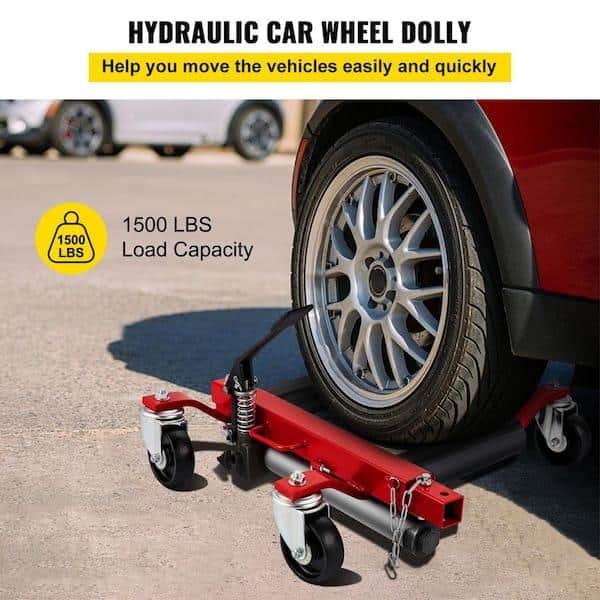
Having delved into the basics of tow dolly tires, let’s look more closely at one critical factor: tire load ratings. This intricate part of understanding tow dolly tires has always personally intrigued me. Essentially, these ratings provide insight on a tire’s maximum burden. In simpler terms, it spells out the hauling ability of your tow dolly.
It’s crucial never to exceed the tire load capacity. This factor ties directly to safety and tire longevity. Consider, for instance, E rated tires, which are designed for higher loads. The ‘E’ symbolizes a considerable load rating, and if you’re towing substantial weight, they could be the optimal choice.
Tire load ratings shouldn’t be overlooked when it comes to maintenance and care of tow dolly tires. Overloading your tires can lead to unnecessary strain, causing premature wear-and-tear and even endangering your safety. Understanding these ratings allows you to make informed decisions about routine care, avoiding common problems and selecting replacement tires when the time comes.
This thorough comprehension of load ratings and their significant role within the broader context of tow dolly tire maintenance showcases the importance of familiarity with each aspect of your tow dolly’s components. Let’s keep delving into this journey of understanding as we move onto our next area.
Maintenance and Care of Tow Dolly Tires
Avoiding Common Problems
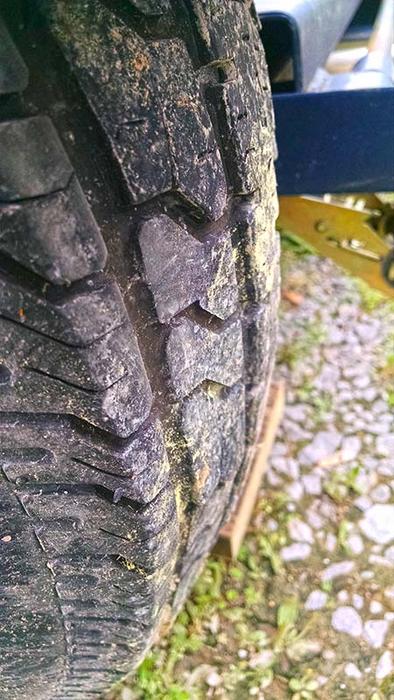
Having been through overwhelming scenarios of tow dolly tire blowouts, I want to use my experience to help you avoid these incidents. An ounce of prevention is worth a pound of cure when it comes to maintenance and care of tow dolly tires.
One common issue that can lead to severe tire damage is ignoring the importance of the wheel lug pattern. An improper lug pattern not only affects the vehicle’s performance but can also cause significant stress on your tires, leading to blowouts. Therefore, understanding and maintaining the correct lug pattern is crucial.
Regular tire checks help you avoid sudden blowouts. Keep an eye on the tire’s pressure, check for unusual wear patterns, and ensure the tires aren’t aging beyond their lifespan. Any issue, no matter how minor it may seem, deserves your attention.
Moving forward into the realm of ‘Selecting Replacement Tires,’ we’ll further discuss how to choose the right set when maintenance isn’t enough to salvage your current ones. Remember, the care you provide your tow dolly tires directly impacts their longevity and performance. So master these practices, and you’ll experience smoother, safer towing miles ahead.
Selecting Replacement Tires
Factors to Consider
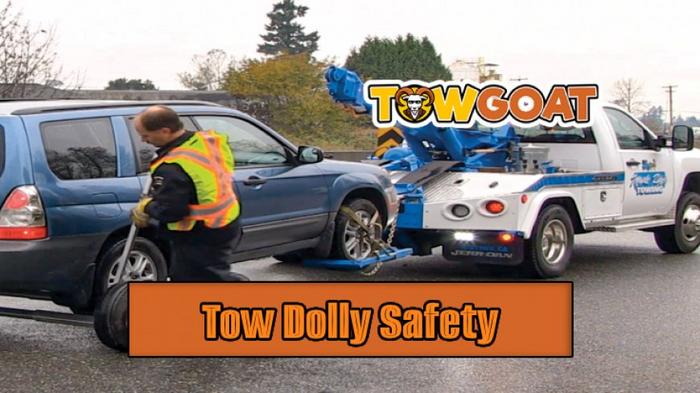
Choosing the right car dolly tires is integral to the functionality, safety, and longevity of your tow dolly. Here are the factors to consider when selecting replacement tires for your tow dolly. Load Star tires are among the top choices due to their quality and proven performance.
In my experience, the load rating is a key factor. This is the maximum weight your tire can support when properly inflated. It’s critical to select a tire with a load rating suitable for the weight you intend to tow. Overloading your dolly can lead to premature tire failure and potential safety hazards. Similarly, matching your tires to the correct rim ensures proper fit and stability.
Price and quality often go hand in hand. While budget might dictate your option, it’s advisable not to skimp on quality as this could lead to early wear or even tire failure. Lastly, consider the longevity and wear of the tire. Not all tires wear evenly or have the same lifespan. Reading customer reviews and ratings can provide valuable insights.
Navigating the spectrum of car dolly tires involves absorbing a mix of technical knowledge and practical application. But, with the right information, you can confidently select the ideal replacement tires.
Dolly Parts and Accessories Review
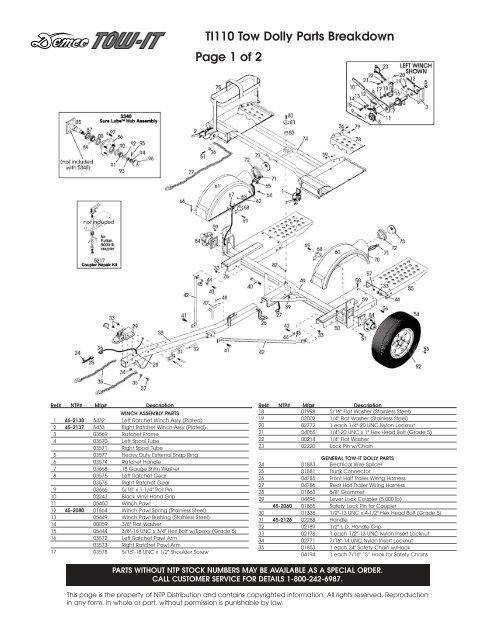
Knowing the nuts and bolts of your tow dolly components is pivotal, but it’s the extras, the accessories, that can truly enhance your overall towing experience. Having been in the business for many years, I’ve been able to test, tinker and explore an array of tow dolly parts and tow dolly accessories, guiding me to a rich pool of knowledge I’m keen to share. You might be surprised by the impact some of these can make.
An accessory can make all the difference in tow dolly performance. Curious to find out more? From my experience, even something as simple as a tow dolly wheel can make a substantial difference not only in towing performance, but also in maintenance needs. Your tow dolly wheel should offer you optimal efficiency, minimal wear and tear, and should fit snugly within your budget. A branded wheel or an after-market replacement can add miles to your tow dolly’s life, and ours.
When it comes to tow dolly accessories, be it harnesses, straps or extensions, I’ve learned that the devil is in the details. With straps, for example, choosing a strong, durable option can make a world of difference in safety margins. Pay attention to material quality and load ratings. Remember, robust accessories contribute to overall road safety. You should select accessories that are not only compatible with your needs but also complement each other cohesively.
Having tried my hand at various tow dolly parts and accessories, I understand that choosing the right ones can be overwhelming. But trust me, tailored selection will significantly enhance your towing experience. In the next section, we’ll tackle some of your burning questions about tow dollies. Let’s keep the journey flowing.
FAQs
What Are the Standard Specifications for Tow Dolly Tires?
How Do You Maintain Tow Dolly Tires?
How Do Tow Dolly Tires Compare Among Different Brands?
Conclusion
Ready to become a confident expert in tow dolly tires? Let’s recap. After our in-depth exploration on the specifications, maintenance, and comparisons, we can confidently speak about tow dolly tires and replacement tires for car dolly. Remember the importance of tire durability when purchasing car dolly tires. We’ve also covered effective maintenance tips and tackled common problems and how to avoid them.
Wrapping up, I’ll distil my years of knowledge and experience into some key takeaways. My goal is to empower you with the understanding of tow dolly tires. So, next time you’re handling a tow dolly tire, you do so with confidence and deep understanding.